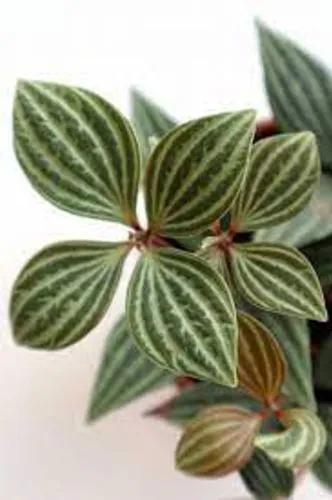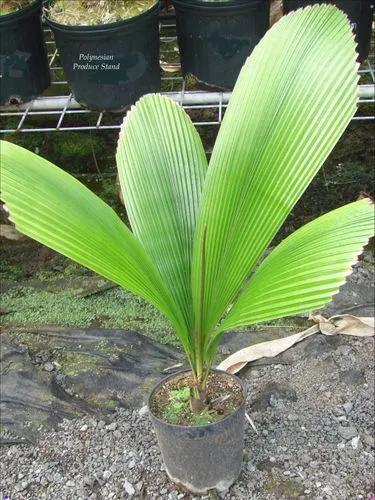Red-Leaf Philodendron is a perfect fit for the trend of tropical evergreen plants. Even if you are not a seasoned gardener, this plant is absolutely manageable. Its bright green and red colors and heart-shaped leaves will create a cozy atmosphere at your home.
Red-leaf Philodendron Care
Philodendron erubescens
Other names: Philodendron Imperial Red, Red-leaf Philodendro



This evergreen tropical plant is known as Philodendron erubescens, Philodendron Imperial Red, Red-Leaf Philodendron, or the Blushing Philodendron. It is found in Colombia and can reach up to 10-20 feet (3-6 m). Its red stems and flowers are responsible for the nickname “blushing”.
How to Care for the Plant

Water

Allow the top 3 inches (7cm) of the soil to dry out before watering your Philodendron Imperial Red. Water it consistently, but do not keep the soil regularly moist to avoid overwatering. Last but not least, remove the excess water from the pot saucer.

Pruning

Being a moderate grower, Philodendron Erubescens has no need for frequent pruning. What you will need to do from time to time is remove the dead leaves by cutting them at the base with sterilized scissors.

Fertilizer

Opt for an all-purpose liquid fertilizer for your Red-Leaf Philodendron. Make sure to dilute it to half strength and feed your plant only during its growing season — that is to say, in spring and summer.

Sunlight

Red-Leaf Philodendrons keep their color if provided with plenty of bright indirect light. An east- or west-facing window will meet their needs, and half an hour of direct sunlight in the morning will give them a world of good. However, be careful not to overdo it with direct light.

Soil

A peat-based organic soil mix will suffice for proper drainage and nutritional balance.

Propagation

Sowing, stem cuttings, and air layering are the most popular ways to propagate Philodendron Imperial Red. For better results, try these methods in spring.

Temperature

Philodendrons generally prefer warm temperatures, such as 65-80˚F (18-27˚C). Additionally, ensure your plant is not exposed to drafts and mist it two times a week to recreate its native tropical environment.

Container

Red Leaf Philodendrons enjoy being rootbound, so a tight container with drainage holes and a pot saucer will make a perfect choice.

Fun fact

When you identify Blushing Philodendron, remember its air-purifying qualities, so the air in your home or office will undoubtedly improve. What is not fun, though, is that your pets should stay away from this plant as it is rather toxic.

Popularity

60,349 people already have this plant 4,517 people have added this plant to their wishlists
Discover more plants with the list below
Related articles






